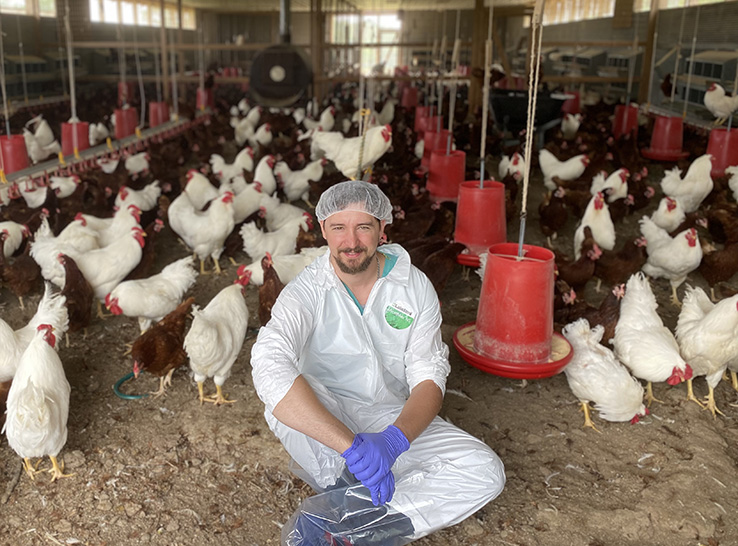
Transitioning to cage-free layer production: What are the keys to success?
By Alexander W. Strauch, DVM
Four Star Veterinary Service, LLC
Minton Veterinary Service Office
Chickasaw, Ohio

By Alexander W. Strauch, DVM
Four Star Veterinary Service, LLC
Minton Veterinary Service Office
Chickasaw, Ohio
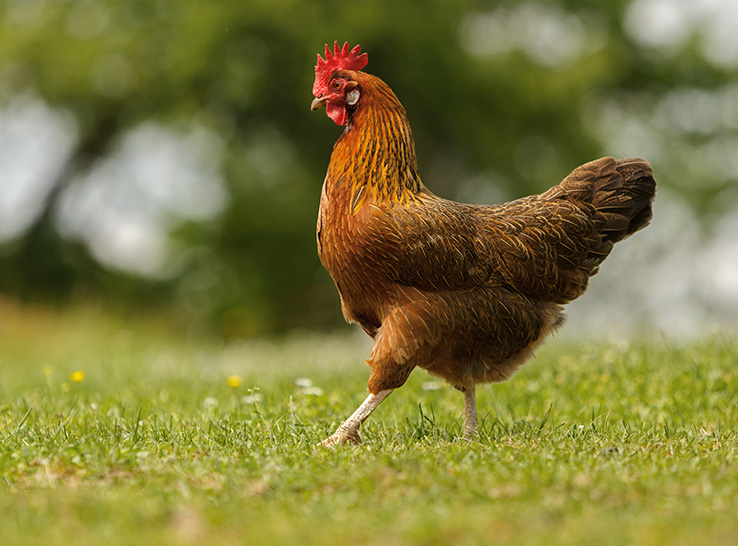
Currently, 34% of laying hens used for commercial egg production in the United States are housed in cage-free environments. This number will nearly double to 66% by 2026 by to meet retailer demands and state legislation requirements. How do we prepare for this increase?
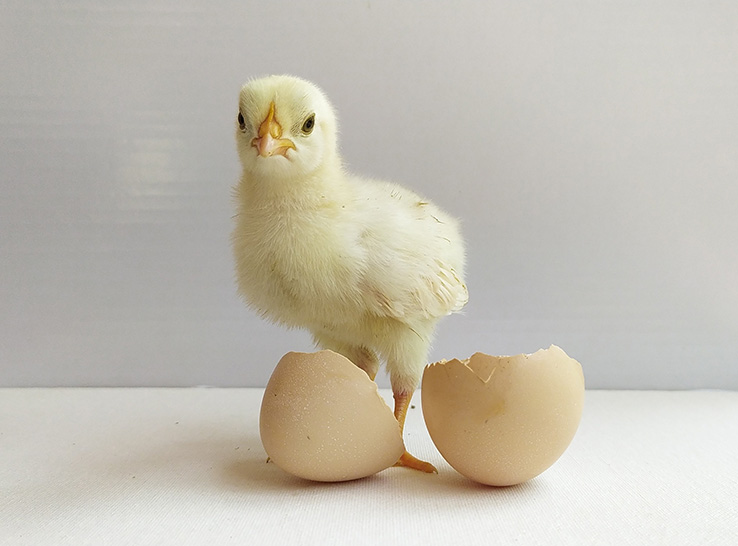
On-farm hatching of broilers may be a viable option to increase efficiency by increasing hatchability and reducing total mortality during rearing, according to scientists in Denmark.

By Michael Czarick
Extension Specialist – Engineering
University of Georgia
Department of Poultry Science
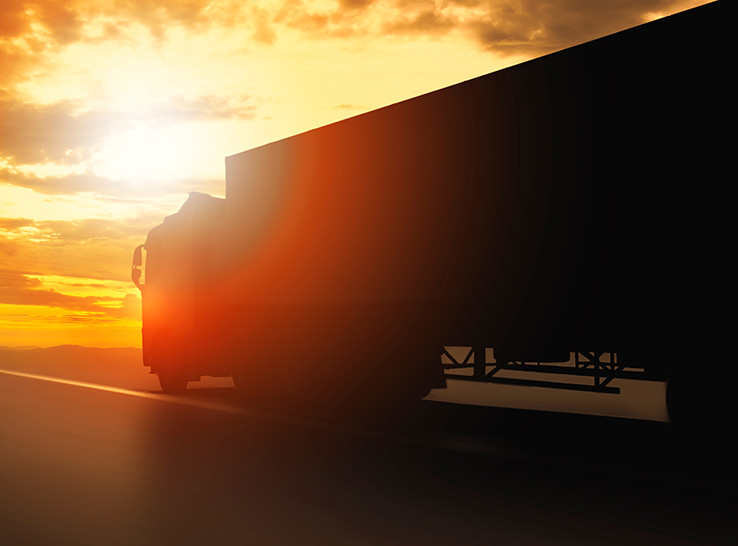
Transporting poultry from grow farms to processing plants can be stressful for birds, even more so in humid weather or during a brisk cold snap when stress levels can increase enough to contribute to weight loss and reduced meat quality.
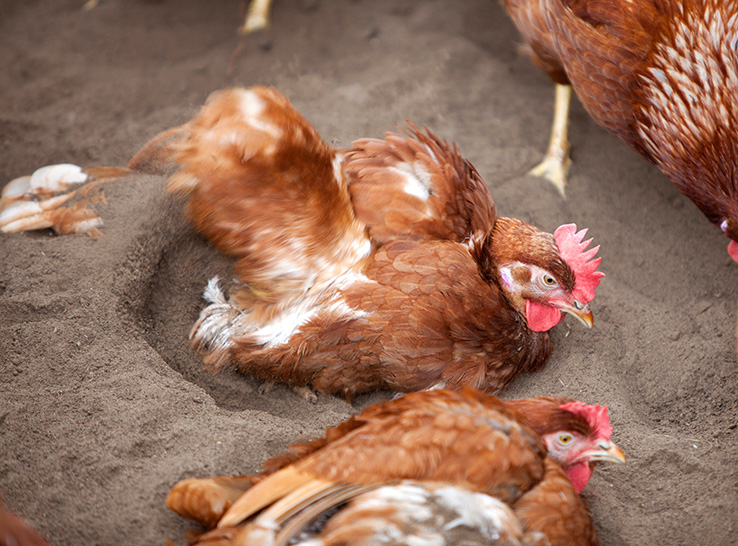
Newer systems for laying hens provide more space for them to express natural behaviors such as scratching, pecking and dustbathing, which could have some biological benefits.
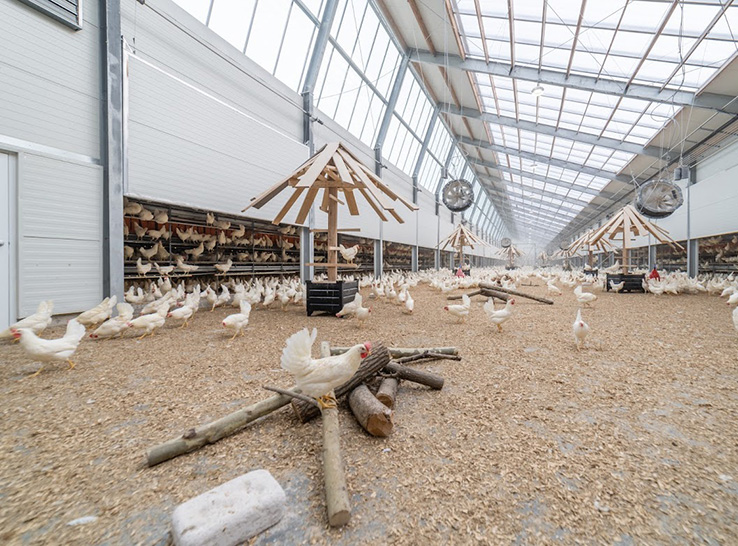
There’s a new egg on the block in the US — the carbon-neutral egg from Kipster Farm. It’s the result of a different approach to egg farming that started in 2017, when Kipster, a Dutch egg producer, introduced the world’s first carbon-neutral egg to the Netherlands.
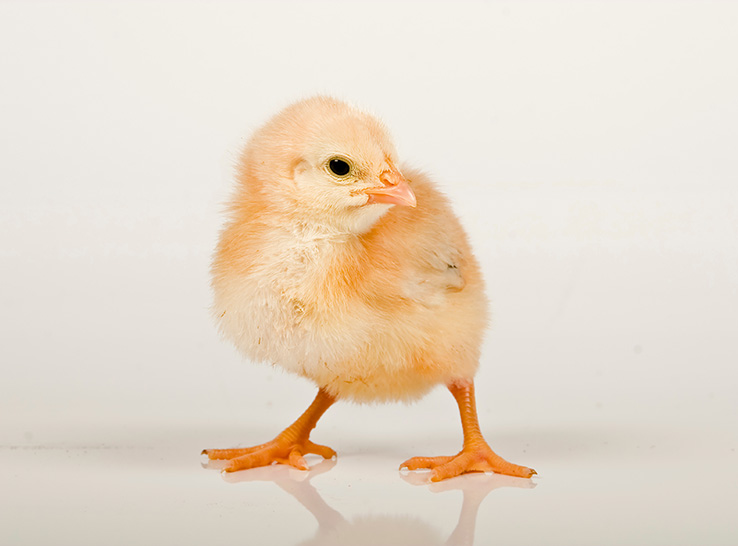
USDA’s Agricultural Marketing Service estimates that two-thirds of laying hens in the US will need to be in cage-free production by 2026 to meet the projected demand, but the practice requires considerable planning by producers.
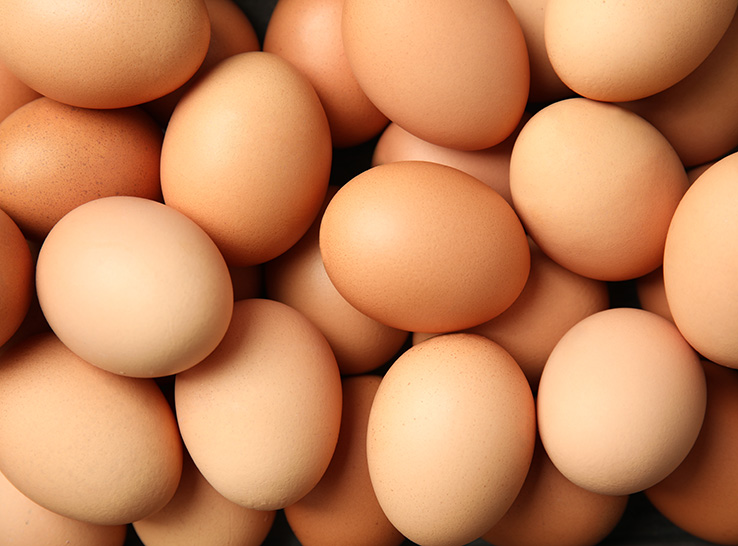
Multi-stage egg-incubation systems are challenging to manage. And too often, attempts to keep late-stage embryos from overheating create situations where early-stage embryos are at sub-optimal temperatures during critical developmental periods.
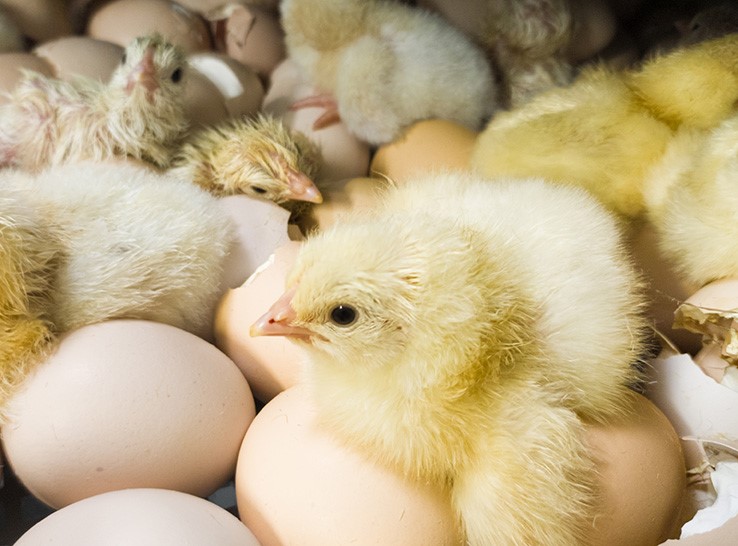
Hatchery sanitation is a continual issue in commercial poultry and has become a focus since the removal of antibiotics in production, according to Brian Jordan, PhD, associate professor at the University of Georgia.

There has always been a myth perpetuated that chicken litter contains weed seed, but litter is simply poultry manure and bedding; neither should contain many seeds.

Poultry scientists are working to better understand the impacts of particulate matter (PM) on bird health and production.